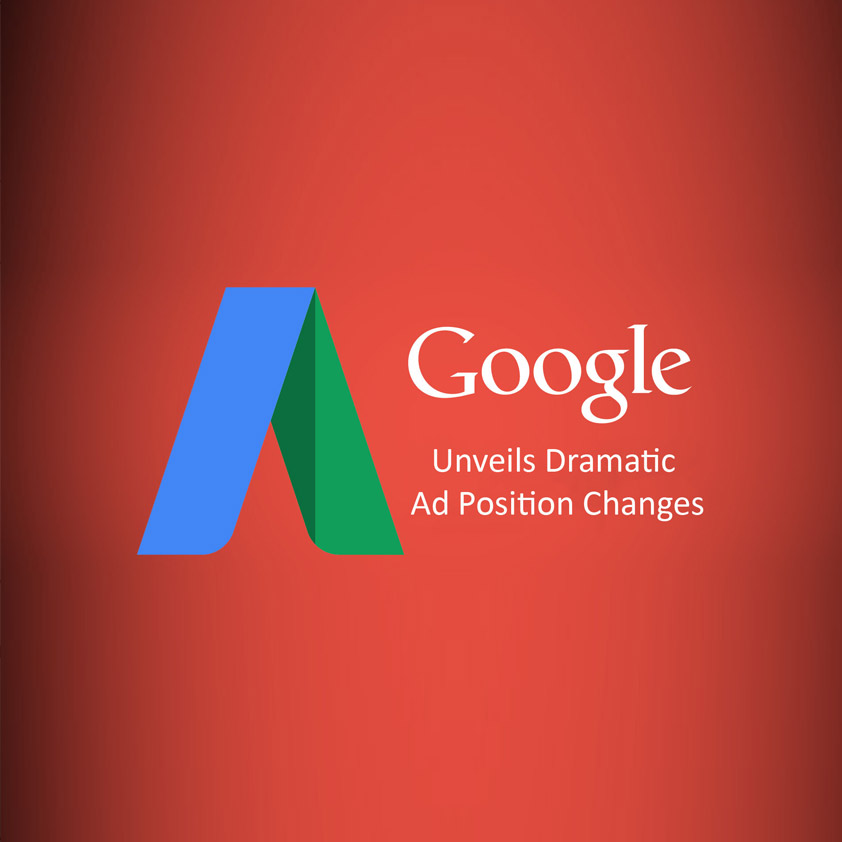
Have you noticed anything on your desktop lately when performing a Google search? Perhaps it’s looking a little bare? Or perhaps you barely even noticed because you only ever use your phone to use Google.
For those of you trying to keep up with Google, it’s been a bit of a rollercoaster. The search engine is constantly updating and changing the rules and it means that marketers constantly need to be alert. Earlier this year Rolled out a new change – the scrapping of all ads in the right hand side column, otherwise known as Product Listing Ad (PLA) boxes.

Why would Google do this?
If there’s one thing we know about the team at Google, it’s that they’re constantly changing the rules – but usually with good reason. In 2014, the company noticed a trend in increasing mobile use and predicted that soon mobile would be the consumers’ vehicle of choice of desktop. In 2015, Google’s predictions were confirmed and fast than ever – Google was accessed on mobile more times than on desktop.
“Consumers are increasingly picking up their smartphones for answers. In fact, more Google searches take place on mobile devices than on computers in 10 countries including the US and Japan.” – Google Inside Adwords
In recognising how consumers used the search engine, Google once again changed their algorithm looking favourably upon websites who optimised their content for mobile. So if websites were now trying harder than ever to become mobile friendly, it only made sense that Google do the same.
So there are a few reasons that Google have made the switch. Namely, it makes for a cleaner user experience with more consistency across mobile and desktop. It also made sense for Google to eliminate these right-side ads as an overwhelming majority of paid clicks were coming from the ads just above the organic search results.
What does this mean for online advertisers?
There have been growing concerns that with less space allocated to advertising, the smaller advertisers with less budgets will be pushed out completely. According to Wordstream, prior to the change, 85.4% of ad clicks came from the ads positioned above organic search results. This means that the right side and bottom ads make up a mere 14.6% combined!
Eliminating the right side advertisements of course limits the opportunity for advertising in that space but the extra place at the top of search results offers something much more valuable to advertisers – clicks. And that’s money well spent.
It also means that any of your currently running AdWords campaigns need to be updated, inline with tailoring all ads for the width of the main body search results. Yes, it means some wordsmithing & further optimisation of the current campaigns. We’ve been busy doing just that for our clients over the last few months, so if you need a hand or would like us to review your AdWords campaign – do let us know.
[pexcirclecta pex_attr_small_title=”Can we help?” pex_attr_title=”A no obligation, complimentary review of your AdWords campaign” pex_attr_button_text=”Leave your details” pex_attr_button_link=”/contact-2/”][/pexcirclecta]
What does this mean for organic search?
Will organic search results even be affected by this change? The short answer – yes. There are of course now fewer ads which would allude to an increase in organic clicks. But there is also an extra ad above organic search now – where there used to be three there are now four ads. This means that organic results are pushed down just that little bit further, which could see a decrease in organic traffic.
While organic search is most likely seeing a push down the visibility ranks on Google, marketers are left wondering if SEO efforts will be worth it in the future. For now, consumers can still distinguish between what’s an advertisement and what is simply paid advertising. Some consumers may be resistant in the search for unbiased information while others are less bothered by this and opt for the convenience of the top view.
If the changes from Google have taught marketers and advertisers anything it’s this – always be adaptable. While some have knocked back the change and others have embraced it, one thing remains certain – the change has taken place. And this isn’t the last time Google will change their functionality. If you’re a brand that relies on digital marketing & can’t keep up with all the changes then you’ll find value in talking to us.
